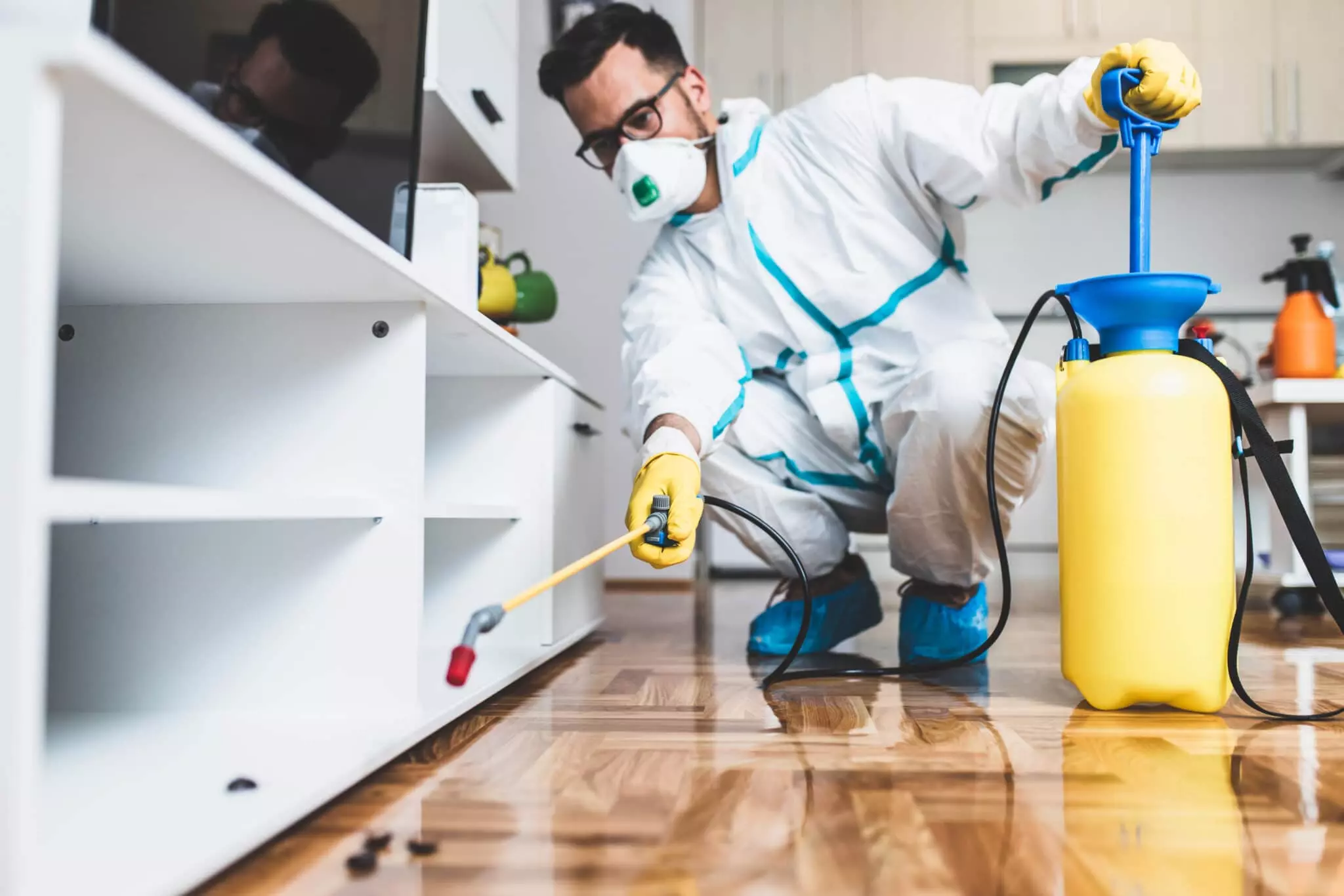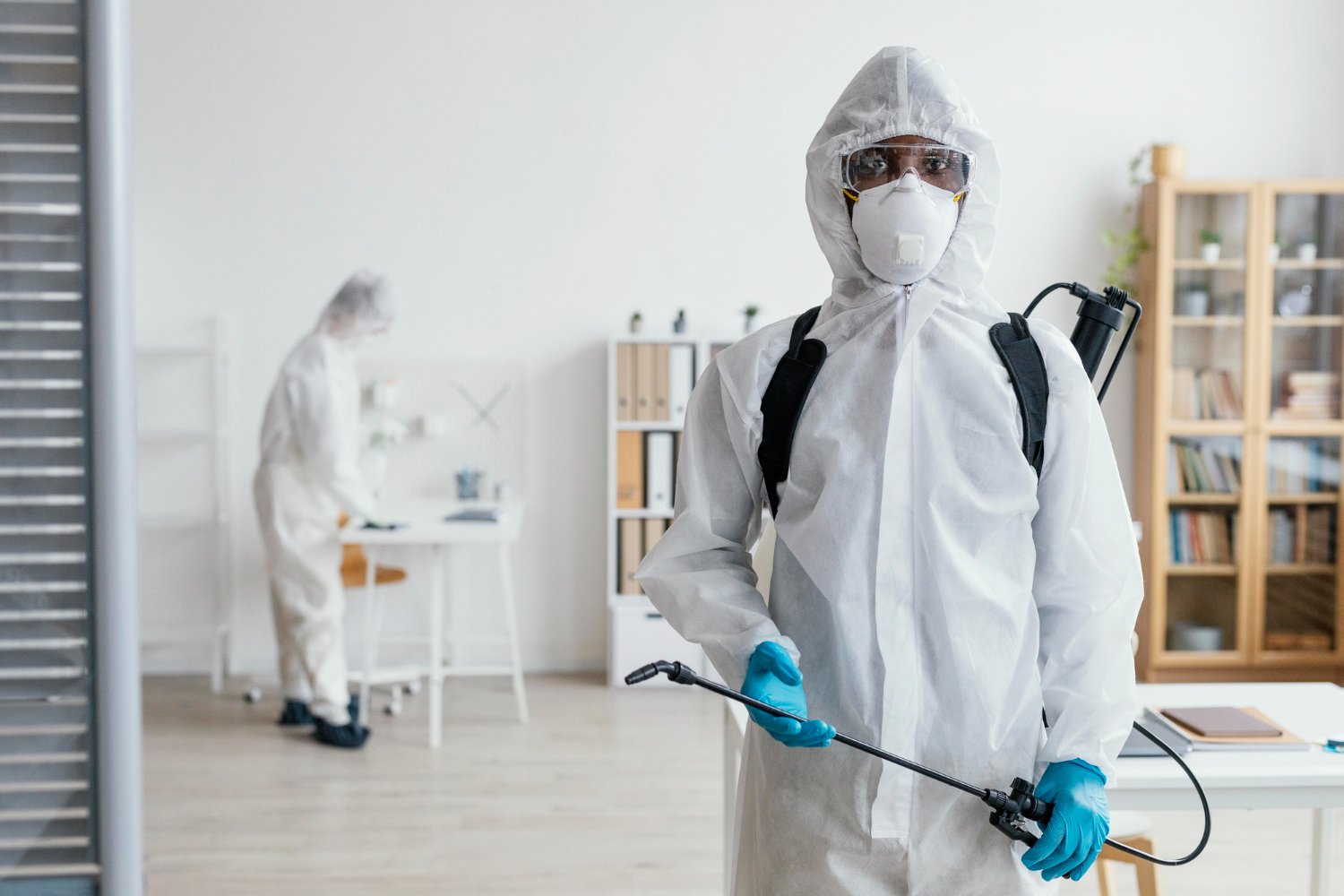Quality A1 Pest Control Services Charlotte - Protect Your Home
Bed Insect Treatment Failure: Comparing Chemical Vs. Non-Chemical Solutions
In the world of bug control, especially when managing the persistent problem of bed bugs, the choice in between chemical and non-chemical therapy options can be an essential one. Both techniques use distinct advantages and disadvantages, affecting factors such as performance, security factors to consider, and overall price. By analyzing the nuanced information of each approach, a more clear understanding of which path to go after in attending to a bed pest problem can be obtained.
Performance of Chemical Treatments
Chemical treatments for bed pest problems have been commonly acknowledged for their powerful and rapid efficacy in removing these bugs. When thinking about the efficiency of chemical treatments, it is essential to understand that they can give a fast and complete option to a bed insect issue. Expert pest control men commonly depend on insecticides to target bed bugs at different stages of their life process, including nymphs, eggs, and grownups. These chemicals typically work by disrupting the bed pests' anxious system, bring about paralysis and eventual fatality.
Furthermore, chemical treatments have the benefit of offering residual effects, indicating that they can remain to remove bed bugs even after the first application. This residual action is especially valuable in combating any kind of potential re-infestations. Furthermore, the rapid action of chemical treatments can bring relief to individuals dealing with serious bed bug infestations, enabling them to regain control of their home rapidly.
Safety Worries With Chemical Solutions
One critical element that requires cautious factor to consider when utilizing chemical remedies for bed insect treatment is ensuring the safety and security of owners and the environment. Direct exposure to specific chemicals used in bed bug treatments can lead to respiratory system concerns, skin inflammation, or various other negative responses, especially in individuals with pre-existing problems or sensitivities.
Moreover, the environmental impact of chemical services is another considerable factor to consider. Some pesticides used in bed insect treatments might be unsafe to helpful pests, wildlife, and ecological communities if they seep right into the dirt or water systems. It is important to utilize chemical therapies judiciously, following safety guidelines, and considering much less hazardous choices to alleviate these risks and ensure the effective and risk-free monitoring of bed insect problems.
Advantages of Non-Chemical Approaches
Considering the possible safety and security worries and environmental effect linked with chemical remedies for bed pest treatment, exploring non-chemical approaches offers a promising alternative with a number of distinct benefits. Non-chemical therapies are eco pleasant, as they do not add to air or water air pollution, making them a lasting option for parasite control.
Additionally, non-chemical solutions can be efficient in targeting bed insects, consisting of hard-to-reach areas where chemical treatments might not penetrate - A1 bed bug exterminator charlotte. Methods such as warmth therapy, vacuuming, heavy steam cleaning, and bed mattress encasements offer extensive elimination without the usage of harmful chemicals.
Limitations of Non-Chemical Treatments

Additionally, non-chemical treatments commonly call for numerous applications to accomplish successful elimination. This can be time-consuming and published here might not constantly ensure complete removal of all bed bugs and their eggs, especially in hard-to-reach or covert areas.
Furthermore, the success of non-chemical treatments heavily counts on appropriate execution and thoroughness, which can be challenging for individuals without specialist knowledge. Poor application of non-chemical approaches might result in incomplete removal, bring about persistent infestations and the requirement for added treatments.
Consequently, while non-chemical treatments have their benefits, it is important to acknowledge these restrictions and consider them when figuring out the most effective method for handling bed pest invasions.
Cost Contrast: Chemical Vs. Non-Chemical Options
Provided the limitations associated with non-chemical treatments, a necessary aspect to examine in the context of bed bug administration is the price contrast in between chemical and non-chemical alternatives. In contrast, non-chemical therapies like warmth treatment or heavy steam can be much more costly, with expenses ranging from $1,000 to $6,000 for a whole home. While the preliminary price of chemical therapies might seem reduced, multiple therapies may be called for to fully get rid of the invasion, possibly enhancing the overall price.
Final Thought

Taking into consideration the possible safety problems and environmental effect connected with chemical remedies for bed bug therapy, exploring non-chemical techniques provides an encouraging choice with numerous distinctive advantages.Given the restrictions connected with non-chemical treatments, a necessary aspect to examine in the context of bed pest management is the expense contrast in between chemical and non-chemical alternatives. In comparison, non-chemical treatments like warmth therapy or steam can be much more costly, with expenses ranging from $1,000 to $6,000 for an entire home. While the preliminary expense of chemical treatments may seem official website lower, several treatments might be called for to totally eradicate the invasion, potentially enhancing the general expense.In final thought, when contrasting chemical and non-chemical bed pest therapy alternatives, it is crucial to consider efficiency, safety and security, benefits, restrictions, and expense.